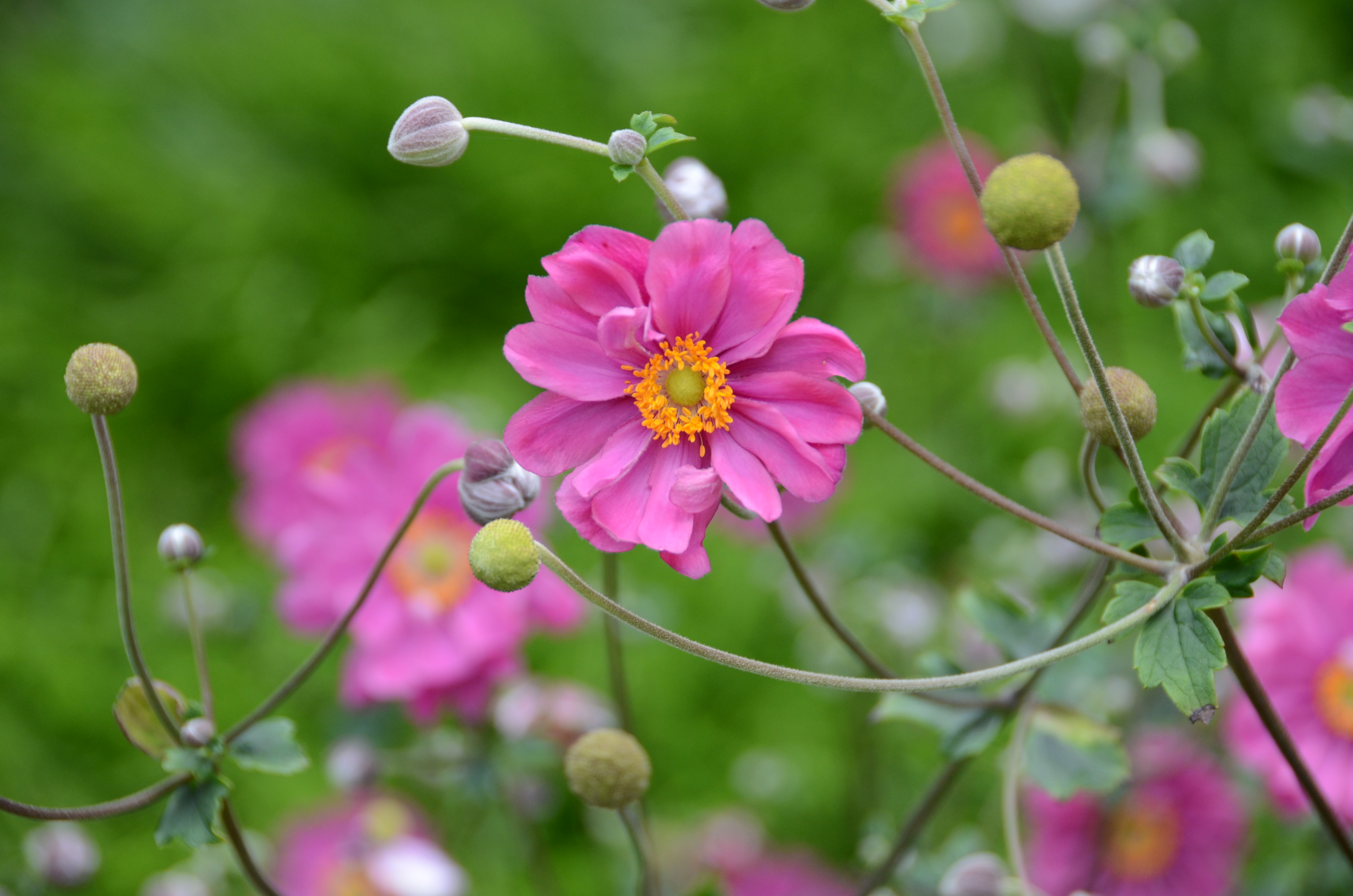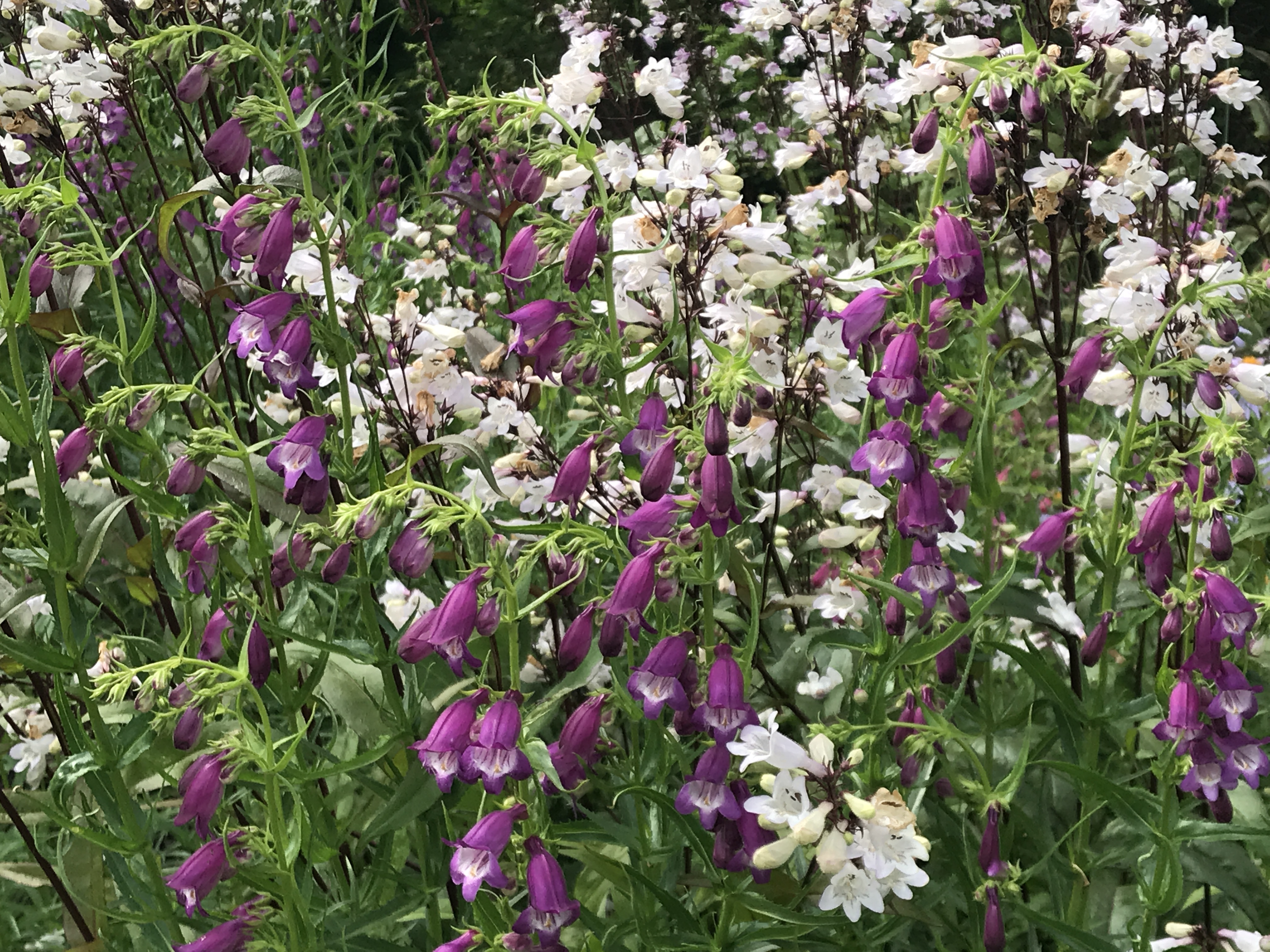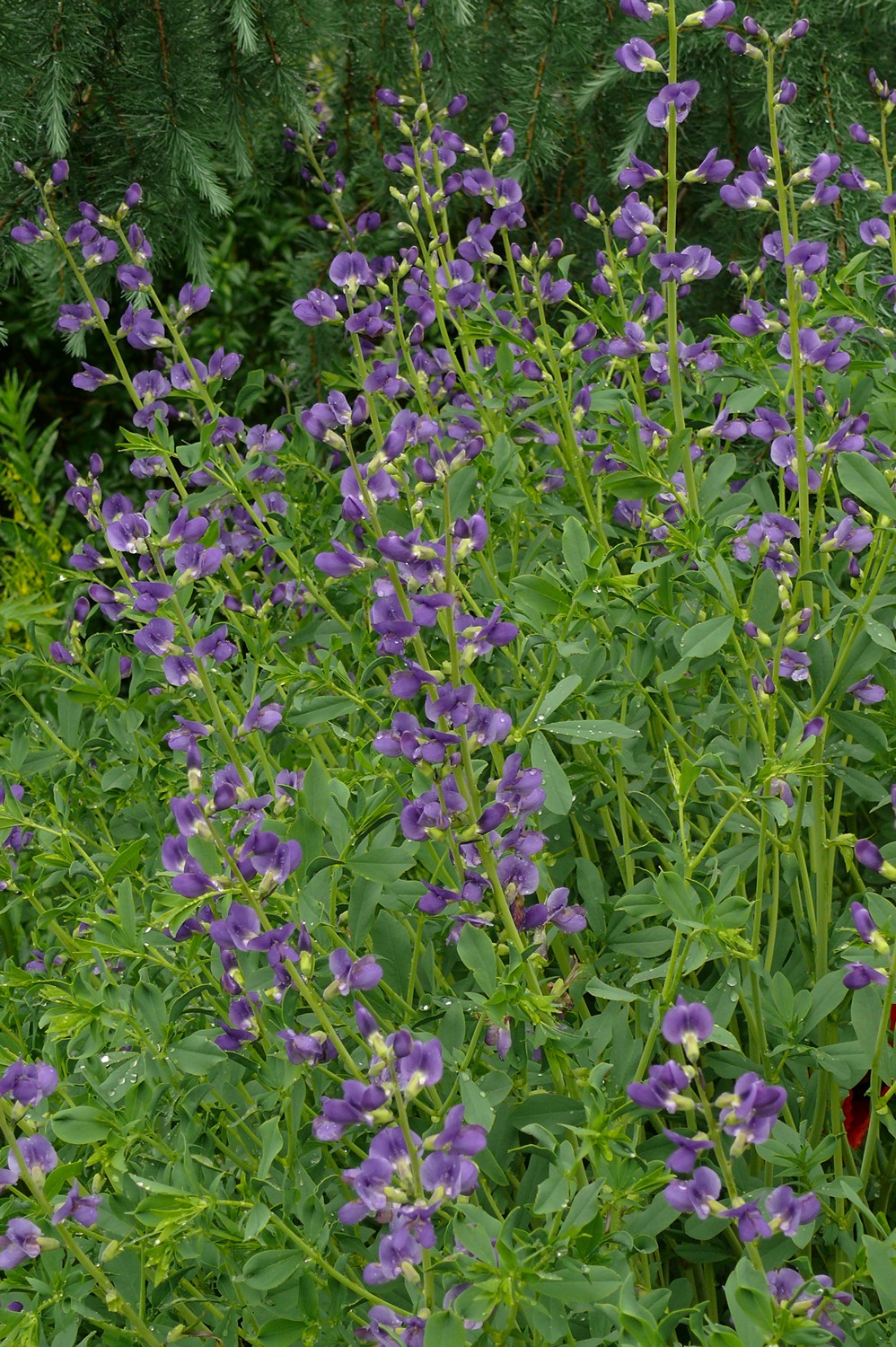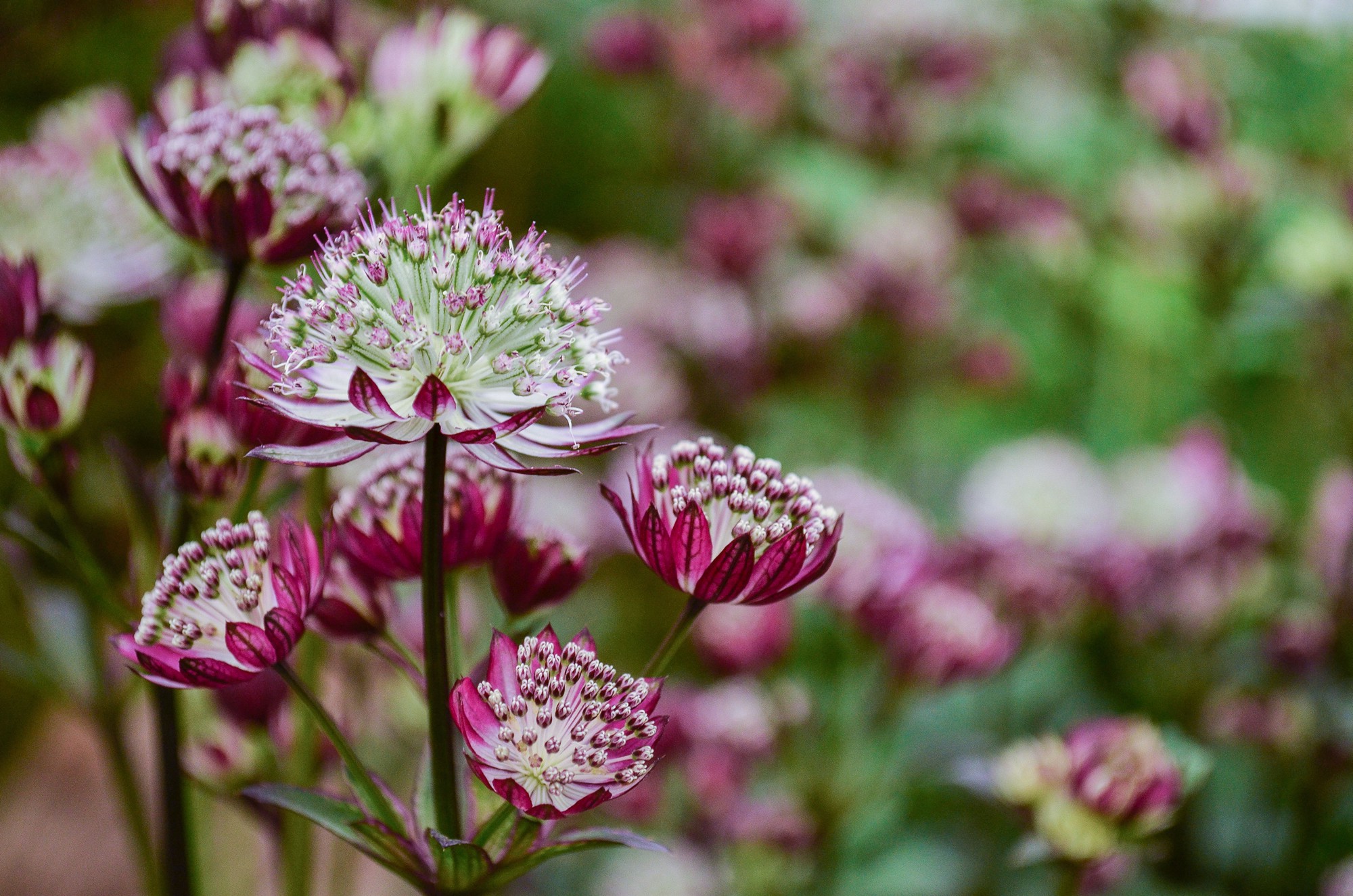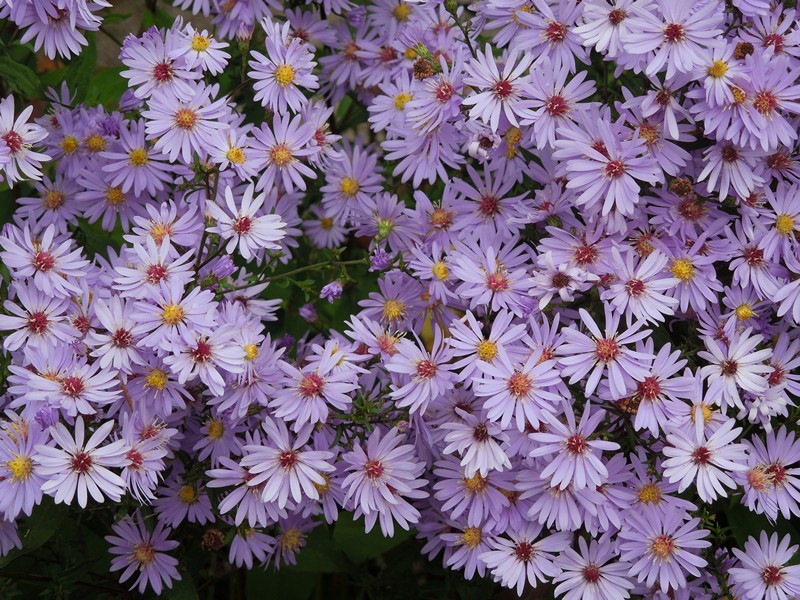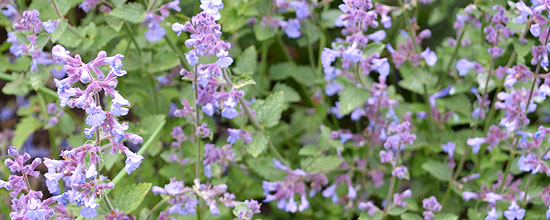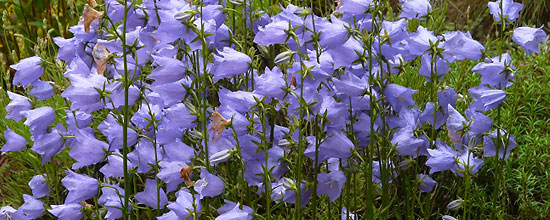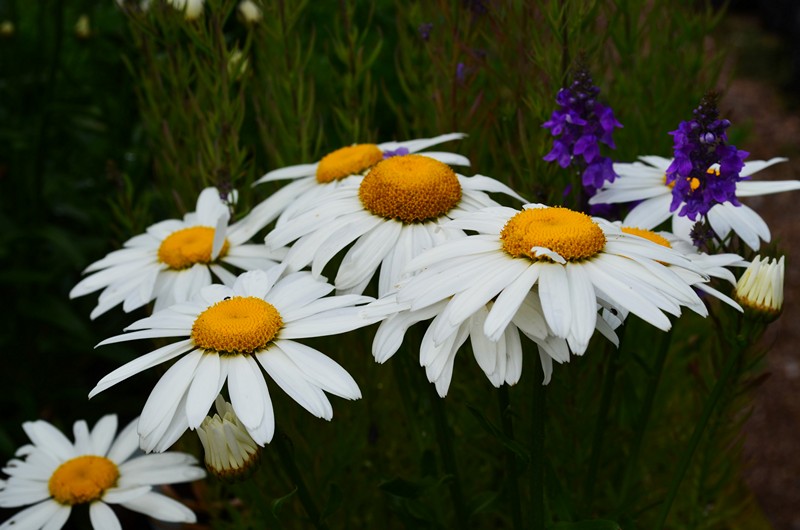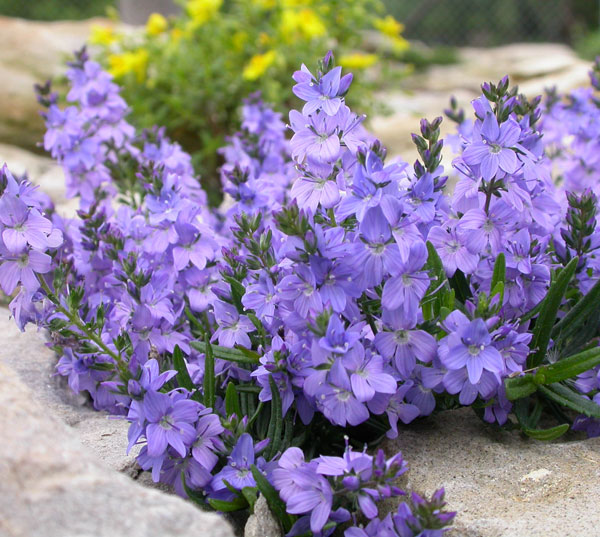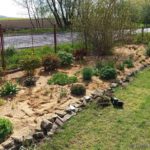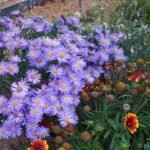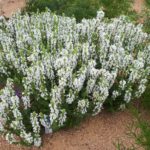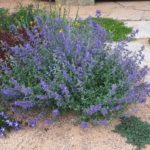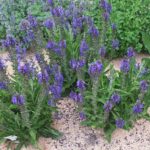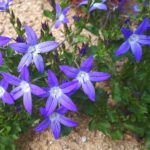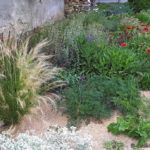An interesting option is the establishment trvalkového flowerbed planted into the sand layer. It can be used when planting rebate (habitat type B - bed), extenzivních výsadeb (Fr - open area - planting prairie communities and xerofytních), but it is also possible to create a flat rock '- the planting of alpine plants, which otherwise conforms rather hillside location or in the gaps between the stones.
Unlike black fallow or use other natural (fighter, chips,..) and mineral (gravel) sand material has many advantages. Borka due to its characteristics is not suitable for most perennials, for alpine plants and xerophyte is directly murder. Gravel is good for perennials, just difficult to work with him (weight) above all it is very difficult during liquidation patch relieves - and think, that each bed is sooner or later must be canceled, or at least rework. Not to mention the ongoing replanting during routine maintenance. Sand can be at any time in the future lightly worked into the soil, přepískování used on lawn, etc.. There is no need to export it to the dump.
Sand disadvantages are obvious - flushing the steep places - slope thus essentially can not be used. And also welcome all gardening fauna enemy - cats (záchůdeček), hraboši. With cats can be reconciled, mostly stuck so much damage, rodents must be fought. But where are the cats, There is not much voles. The problem with public plantings may be ecstatic simplicity newly planted plants - not so much about people (who wants to steal a flower, that it vydoluje and gravel), but rather dogs and other horticultural few educated vermin.
The benefits are enticing - a simpler foundation flowerbed (see below), easier work, minimum weed (especially in the first year, When planting is not involved and therefore most susceptible to weed), ease of maintenance (easy weeding), enough air to plant roots - especially xerophilous species with řepovitými roots here Lebed - (and not only those, Sand should be absolutely perfect for lavender), but also, paradoxically enough water even in drier times (Washed sand interrupts the capillarity of soil and thus much less dries) - but it also applies to gravel, and last but not least the aforementioned liquidation. From the sand also in autumn (spring) much easier to rake old vegetation and leaves.
Techniques based patch is slightly different from the classic process of planting - zamulčování. Top is the same – classic preparation weeding a flower bed =, aeration including the incorporation of at least some fresh compost, or even long-acting fertilizer (perfect bone meal as a long-term source of phosphorus), etc.. Followed by the laying of the first sand, the planting to the end. The prepared patch is thus overlaid at least about 12 cm layer of sand (after confinement remains 10 cm, which is the minimum for planting) - ideally washed with minimal dust (in building materials as 'concreting'). Anyway, we never use any fabric whether the, or sand - it indeed is true for any perennial planting! Do not be swayed hadrářskou lobby ...
Záhon navezením the sand layer will increase correspondingly. From an aesthetic (at all) nor practical terms, this is not a big problem. On the hem patch should be discontinued cushioned ground cover perennials and alpine plants - famously applied low oregano (Origanum vulgare 'Compactum'), thyme (Thymus), clematis (Phlox subulata, P.douglasii), alyssum (Alyssum), aubrieta (Aubrieta), etc. This sandy edge solidifies and will not be “creep”. Divide the lawn should solve steel strips or even trim flat nested old bricks, etc.. Anyway, it is necessary physical barrier against penetration of creeping grasses - those after penetration into the sand layer expands rapidly.
Planting extends into sand layer prepared. For standard-sized perennial seedlings (K9 container - max height of roll. 10 cm) Work is very easy and quick. With larger containers we'll need to create a little space around the planting area odhrnutím sand on the side, so when planting sand soil too meddle in the basement - there would be a weed. The big advantage is easy dosadba based bulbs into flower bed - one to the gravel dosazoval, knows his. In conclusion just based defect bed with rakes and disguise the traces and planting is done.
It's not to be feared, the sand is for planting plants perhaps a little hungry media. Plants quickly prokoření into the prepared soil and nutrients in required amounts will find here. At the root collar will remain plenty of much needed air. If you are going to plant perennials with higher rebates demanding nutritionists, then it is certainly possible (and suitable) after planting a flower bed fertilize NPK, Cereritem, etc.. Nutrients Although early, flips' layer of sand, rapidly growing plant roots can but find.
After the first year in the flower bed seedlings begin to emerge especially those plants, which are themselves crossed. Weed is not a lot of air raids (if it is not near a strong source of seeds). If the unwanted Presevo, You can help first hand rake, and then the rest Dopleta, after that 1-2 weeks continues to grow. But sometimes it is appropriate to leave at least part of seedlings - especially in extensive plantations, where we need to stand involved. Very successfully přesévají classic filling perennials - Silene coronaria (Lychnis coronaria), Chrastavec (Knautia macedonica), bows (Gaillardia), mavuně (Centranthus), etc.. And in order to suppress unwanted Preševo it is suitable to use mulch perennials carpet - especially thyme (Thymus praecox, T. serpyllum, T. pulegioides, etc.), low burst open (Veronica prostrata, V. teucrium,..), Sateri (Gypsophila repens), low sedum (Sedum album, S. sexangulare, S. arce, S. bastard, S. cyaneum, etc. - there are many cultivars with lots), purge (Stachys byzantina) But even flames (Phlox subulata). some (e.g. small reptans) But they grow at such a rate, that they should be used with caution, possibly only on exposed sites, where there trampling.
And that plants in the sand will best flourish? The air around the roots of most plants appreciate as ryegrass (Kniphofia), lancet (Asphodeline), previously mentioned lavender, třapatkovky (Echinacea) - especially new, colored cultivars, pasque (Pulsatilla), wormwood (Artemisia), gaury, prone geranium (Geranium, G. almaticum, G. renardii,..), all gypsophila (Gypsohphila), Poppies (Papaver orientale), will be happy sage (Salvia) and Santy (Nepeta), mullein (Verbascum), grasses feather grasses (Stipa), wonderful will fescue (Festuca), of herbs thyme (T. vulgaris), oregano (Origanum), yzop (Hyssopus), saturejka (Satureja), etc. etc. Basically probably find plant, which would have offended sand.
Unfortunately sand stop slugs - after confinement layer of clean sand and slightly “baked”, so i get wet after then acts as a good sidewalk - susceptible species therefore not in a bed of sand are not protected. The advantage is at least in the, Sand that those things do not put eggs.
Photos are for illustration, planting both looks and how plants thrive.
- sand přemulčovaná older plantings (layer of about 7 cm)- originally without mulch; Planting has been partly weedy, Overlapping sand again at the beginning – pierced a few weeds strongest basically always from the middle of clumps of perennials; Plants have been about 3 years, not a problem to get through an added layer
- pink soapwort (Saponaria ‘Bressingham’) and golden oregano (Origanum vulgare ‘Aureum’) – asi photo 2-3 weeks after planting, Plants are only taken on
- šalvěj hajní – Salvia nemorosa ‘Rügen’
- beautiful large-flowered aster knapweed (Aster amellus 'Silver') – Photo from the end of summer, so roundels and lavender are already overblown
- and třapatkovkám in the sand like – There seedlings' Spirit Chayenne’
- plnokvětý pasque – Pulsatilla ‘Papageno’ – violet-blue form
- Stonecrop (Sedum ‘Xenox’) – excellent color and habitus
- kopretinám and thrive in the sand (Leucanthemum ‘Snowcap’), back stonecrop (Sedum 'Jose Aubergine), rightmost piece with Sedum 'Chocolate Drop’ – Both varieties are among the most at-colored leaf
- lancet yellow – Asphodeline lutea
- šalvěj hajní (Salvia nemorosa ‘Sensation White’) – tuberose compact cultivar from Syngenta, Unfortunately, after flowering cleans so well, jako 'snow hill’
- catnip (Nepeta ×faassenii ‘Kit Cat’) – One of the best cultivars, left dark spurge (Euphorbia polychroma ‘Bonfire’), right back to Šlapák Mazus reptans – shortly after planting and it 'goes’
- šalvěj hajní (Salvia nemorosa ‘Viola Klose’)
- Dalmatian bellflower (Campanula portenschlagiana 'Resholt') – Ideal for hem patch
- Less than a sand bed 4 Months after founding





